By Joseph Mathieu
Have you ever used closed captioning on video, automated doors when your hands were full, or curb cuts for baby strollers or bicycles? Originally, these innovations were designed with people with disabilities in mind; an approach known as accessible design.
Now, in Carleton’s Paterson Hall, a new way to call an elevator without touching its panel buttons offers a kind of curb cut effect. In the world of COVID-19, the Contactless Access app that controls an elevator from your smartphone offers a safe, sanitary way to move around buildings without touching any surfaces.
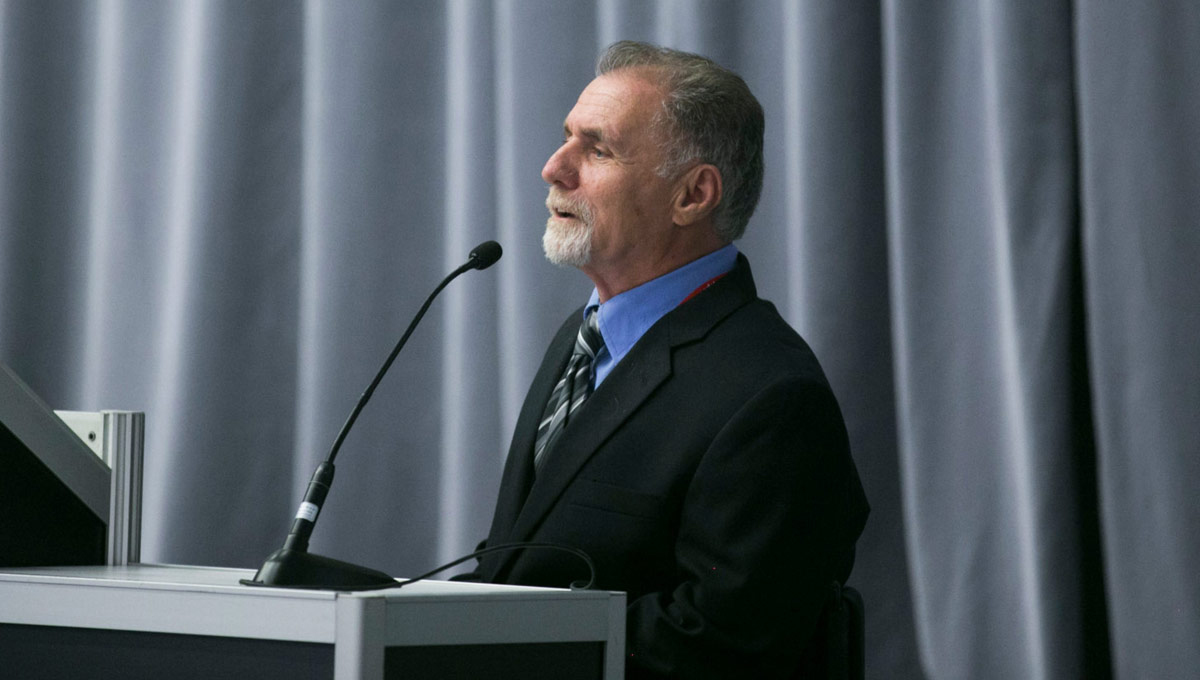
Dean Mellway
“It’s been a long process,” says Carleton’s special Accessibility Advisor Dean Mellway.
“But we were fortunate that so many people were on-board from the beginning. And with COVID-19 hitting, we realized the benefits of the project went even further.”
Carleton University has been acknowledged by its peers as the most accessible university, and more recently has acted as a catalyst for research and applied design in many sectors. With its new Coordinated Accessibility Strategy and pilots like this one, Carleton is working to make its city, country and world accessible for all.
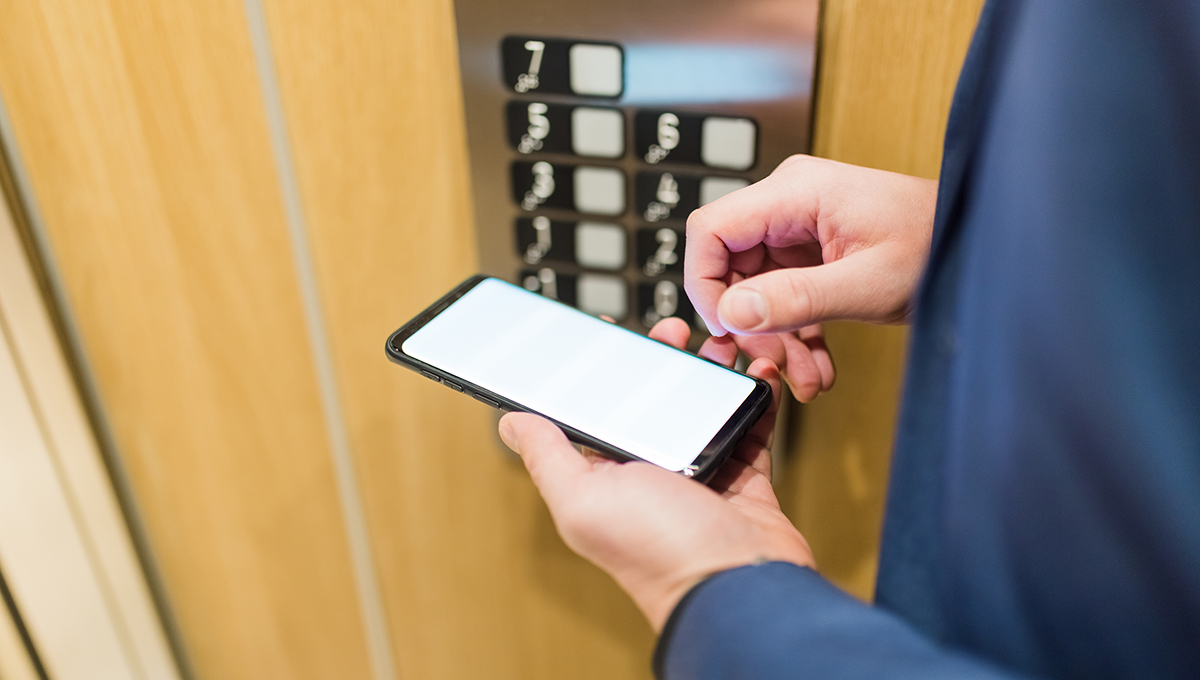
Ingenuity in Automation
The project began in early 2018, when then History Chair Dominique Marshall, who had long been aware that students in History were having issues with the only elevator of the building, heard of a solution that would not involve a complete refitting of the elevator that would take too long.
Hollis Peirce, who received his MA in History and Digital Humanities in 2019, was one of four students who regularly frequented Paterson Hall, one of the oldest buildings on campus.
For Peirce, who lives with congenital muscular dystrophy and uses a motorized wheelchair, the button panel of the elevator was out of reach. Often, he would have to visit the building’s Scotiabank branch to request assistance from a teller or call up to the fourth floor for someone to come down.
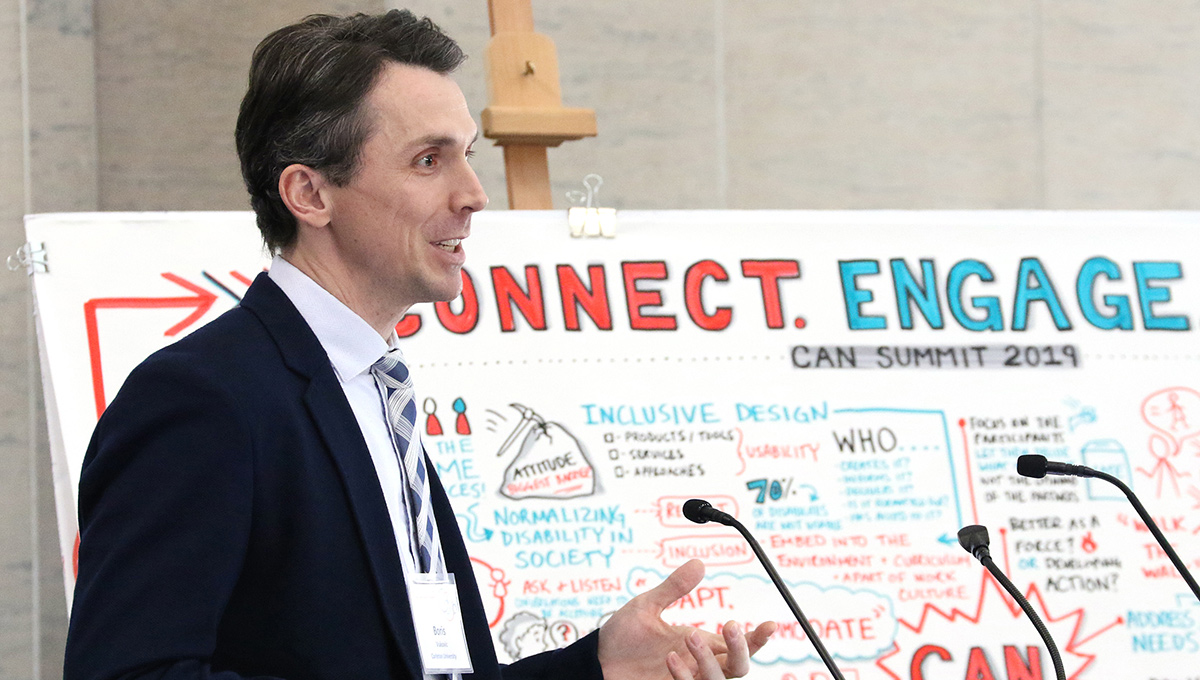
Boris Vukovic
Marshall had been discussing the issue to the Research, Education, Accessibility and Design (READ) Initiative, where Mellway and Director Boris Vukovic were also becoming aware of the touchless contactless possibility.
The READ Initiative was established to highlight, celebrate and cultivate Carleton’s expertise, leadership and collaboration with the community to create greater accessibility and a more inclusive world. It focuses on academic programs and training opportunities in accessibility, disabilities and inclusion but it also fosters interdisciplinary research to inform applied development and design in accessibility.
In summer 2018, local accessibility tech company Eightfold Technologies was already on campus adding Google Home modules in some residences for students in the Attendant Services Program.
 Eightfold was founded by software engineer Ke Wang who created a SmartChair platform to turn any motorized wheelchair into an autonomous vehicle. In 2016, Wang launched another business called ProtoDev Canada as a contract prototyper for all kinds of accessibility products.
Eightfold was founded by software engineer Ke Wang who created a SmartChair platform to turn any motorized wheelchair into an autonomous vehicle. In 2016, Wang launched another business called ProtoDev Canada as a contract prototyper for all kinds of accessibility products.
When Mellway asked offhandedly in a meeting if an elevator could be automated, Wang said it could. Rob Dotten, ProtoDev Canada’s Director of Accessibility Initiatives took the lead on the Paterson Hall project.
“The primary focus of our development was to bring accessibility to everyone,” says Dotten, who began developing the technology in September 2018.
“For an agile company like us, two years is a long time. We put a lot of resources into this knowing what it could lead to.”
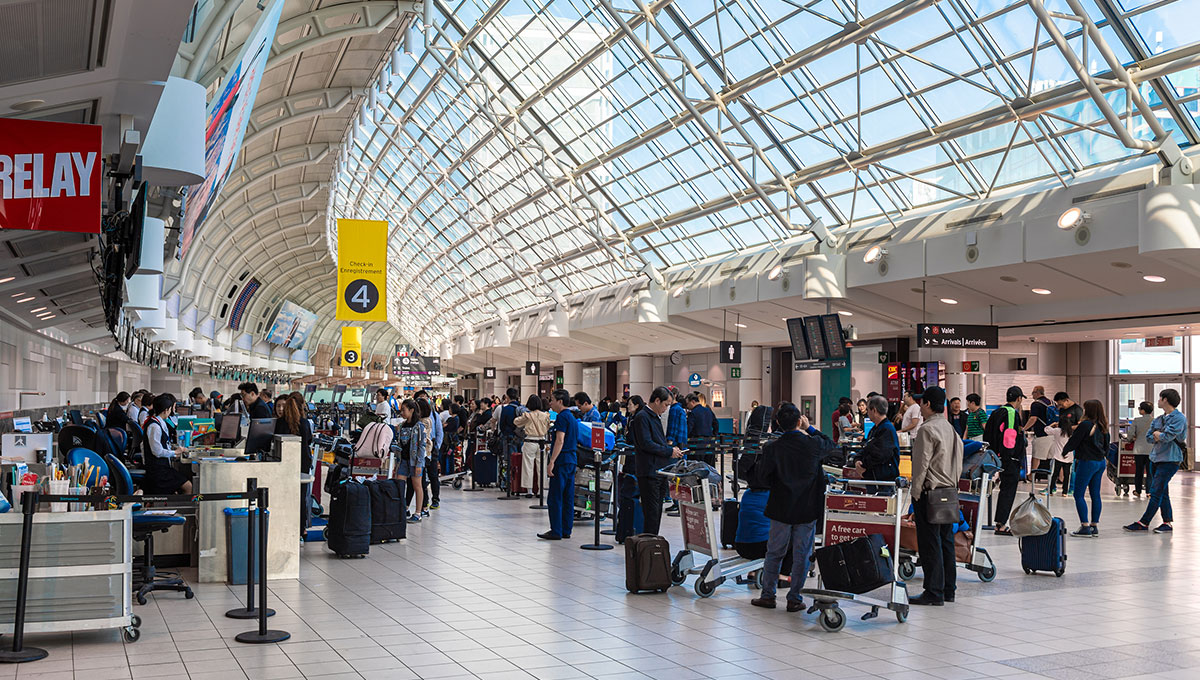
Tiny Module, Huge Benefit
Be it an accessible door or elevator, the Contactless Access module is the size of a tissue pocket pack. It integrates seamlessly with the buttons in an elevator or into the automatic door operator and can be installed in less than an hour.
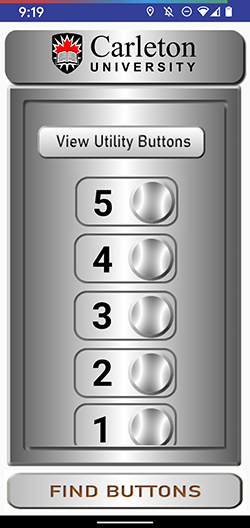 The pilot elevator was installed in December 2019 and demonstrated throughout the winter. Assistant Vice-President (Facilities Management and Planning) Gary Nower, who provided key funding for the initial engineering, hoped to see the Paterson Hall pilot expand across campus. Soon it will, with five new Contactless Access elevators installed in the Richcraft and Canal buildings.
The pilot elevator was installed in December 2019 and demonstrated throughout the winter. Assistant Vice-President (Facilities Management and Planning) Gary Nower, who provided key funding for the initial engineering, hoped to see the Paterson Hall pilot expand across campus. Soon it will, with five new Contactless Access elevators installed in the Richcraft and Canal buildings.
The success for ProtoDev Canada, however, is going much further.
Toronto Pearson Airport has installed their own six-elevator pilot of the Contactless Access App, which could lead to many more installations in Canada’s busiest airport. In the face of the global pandemic, Pearson has made touchless technology a mainstay of their Healthy Airport commitments.
This September, the National Capital Commission ordered several Contactless Access automated doors in their locations such as Gatineau Park and the ByWard Market, and Canada Post has agreed to install one elevator and two doors at their Ottawa headquarters.
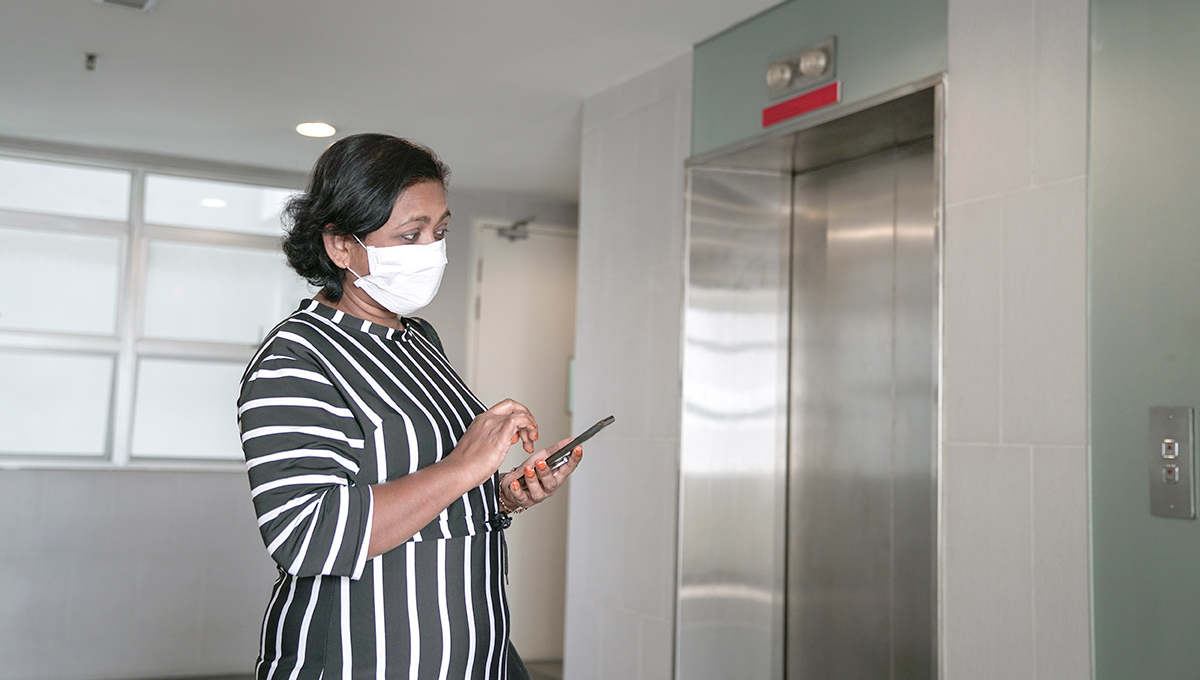
Collaboration Pays Off
“This collaborative, interdisciplinary effort is a good example of Carleton’s work on accessibility,” says Systems and Computer Engineering Prof. Adrian Chan, who also chairs the READ Initiative advisory board.
“It involved our students, researchers and staff working with outside partners ProtoDev Canada to produce something tangible that improves accessibility on campus. It was also wonderful to see the level of engagement and support across the university, including the READ Initiative and Facilities Management and Planning.”
Marshall, who is a co-primary investigator with Chan in Carleton University’s Disability Research Group, documented the whole pilot process from inception to installation. The multidisciplinary group of researchers creates virtual exhibits to raise awareness and questions about societal understandings of disability and technology. They record the history of activists, users, and innovators who contribute to a more inclusive and accessible Canada.
According to Marshall, the history of “the little elevator that could” could feature prominently in a forthcoming virtual exhibition about the elevator as an accessible technology.
“It was important to be there to have that perspective,” says Marshall.
“Historians, anthropologists and people in the arts can accompany processes like this one and can document them to bring a different aspect to it that complements and enriches the perspective of engineers and developers.”
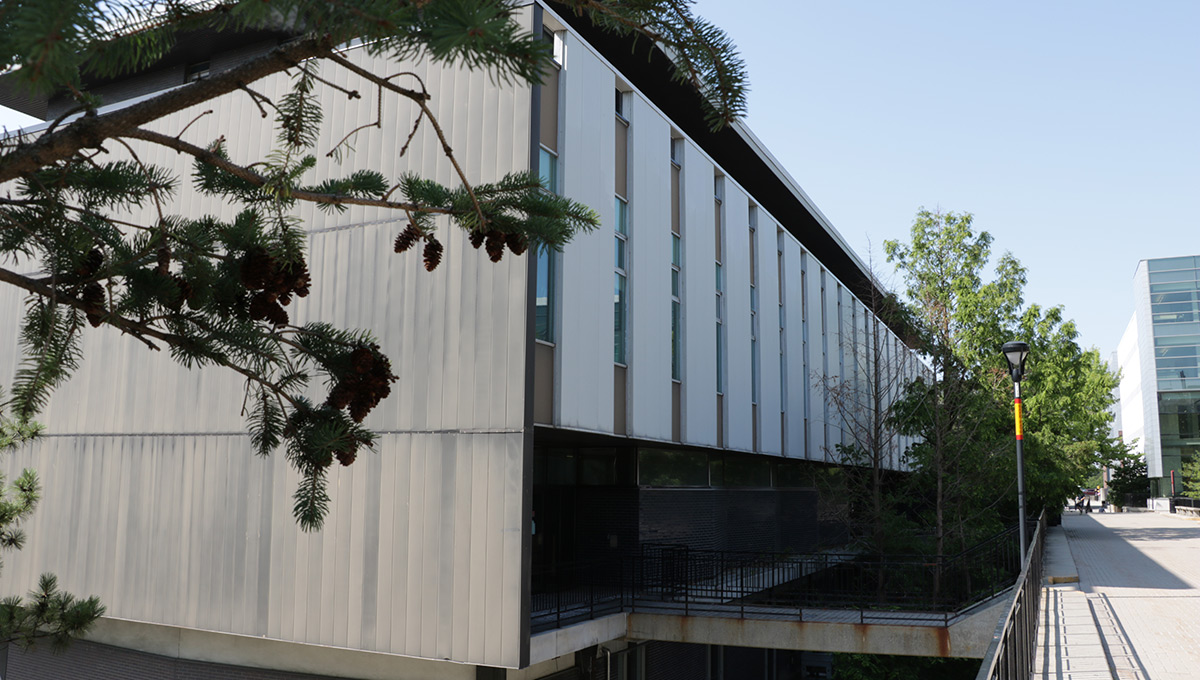
Monday, October 19, 2020 in Accessibility, Innovation, Research
Share: Twitter, Facebook



